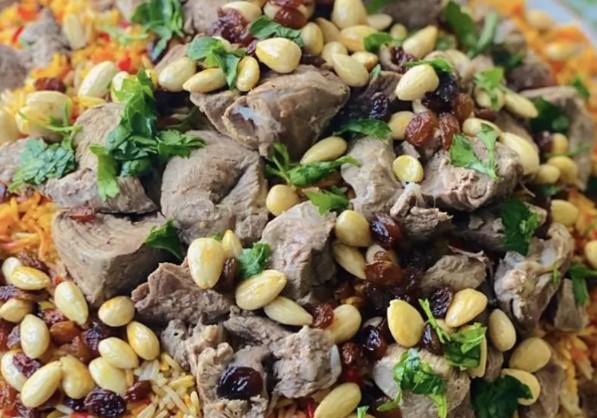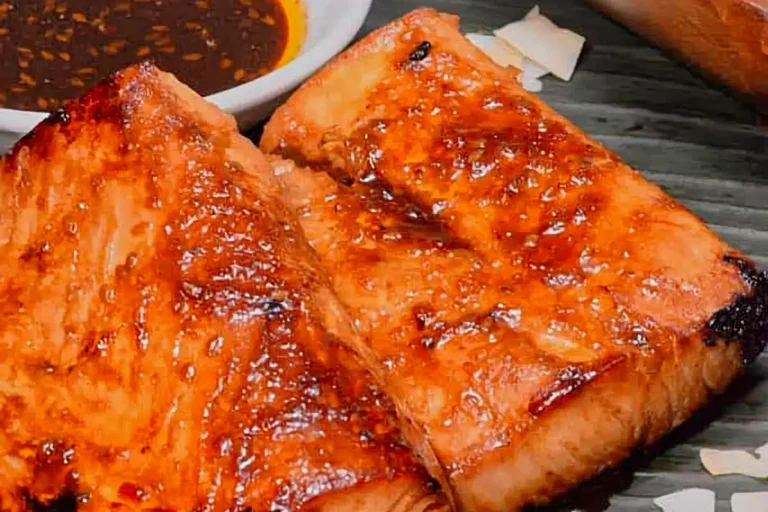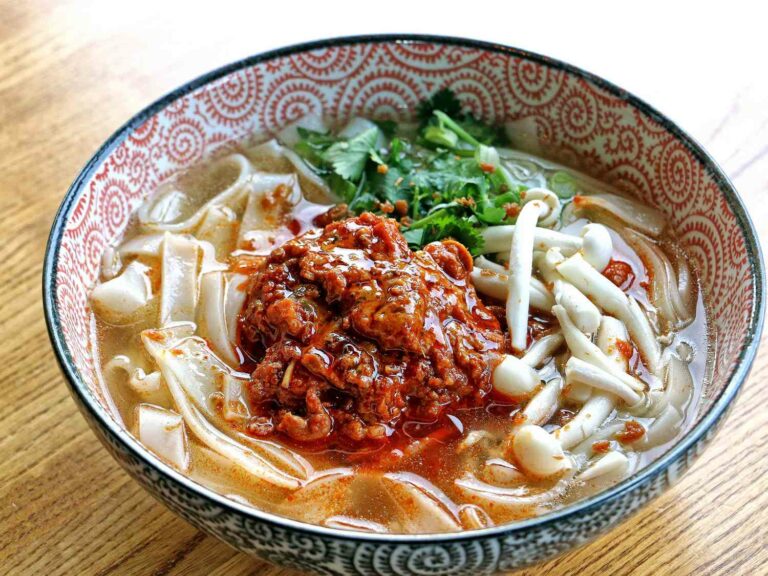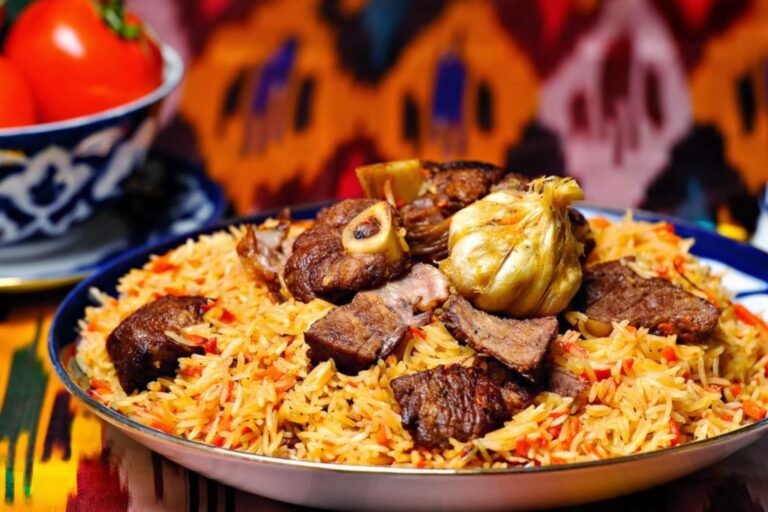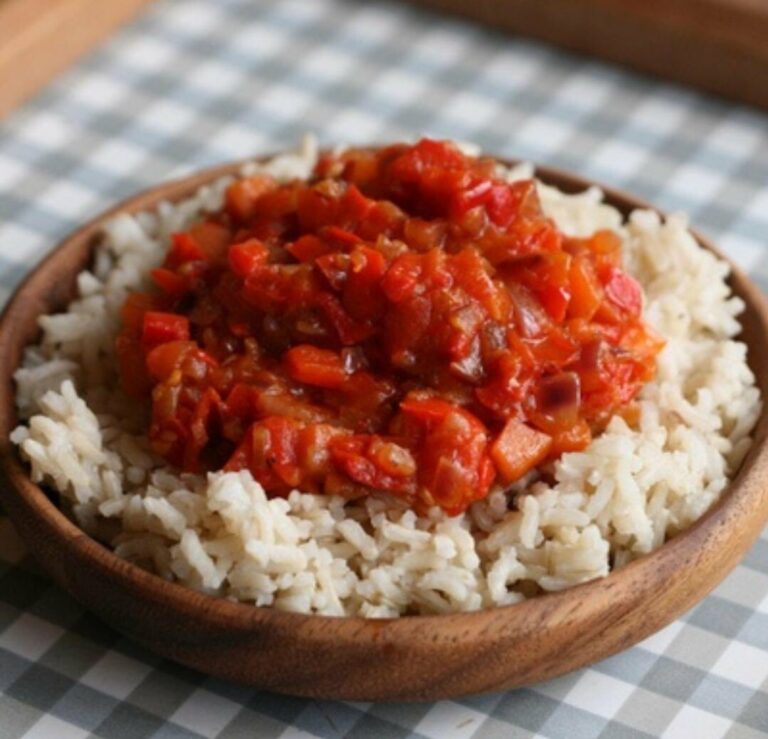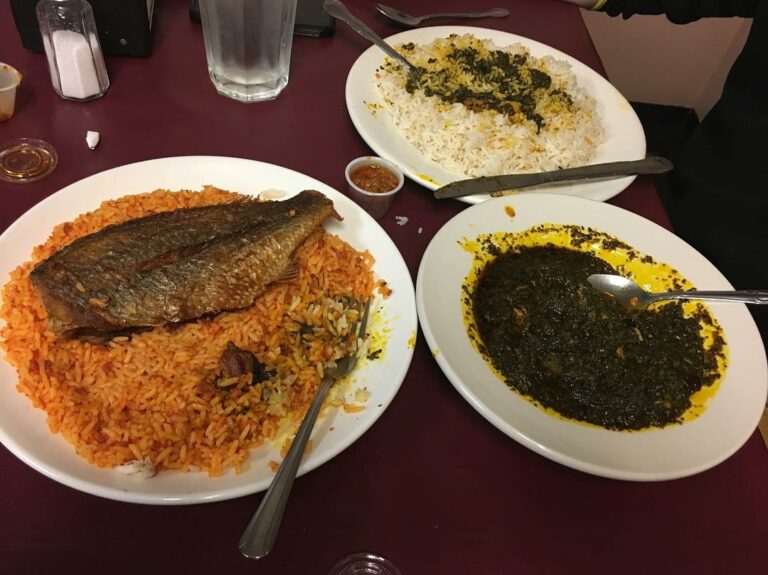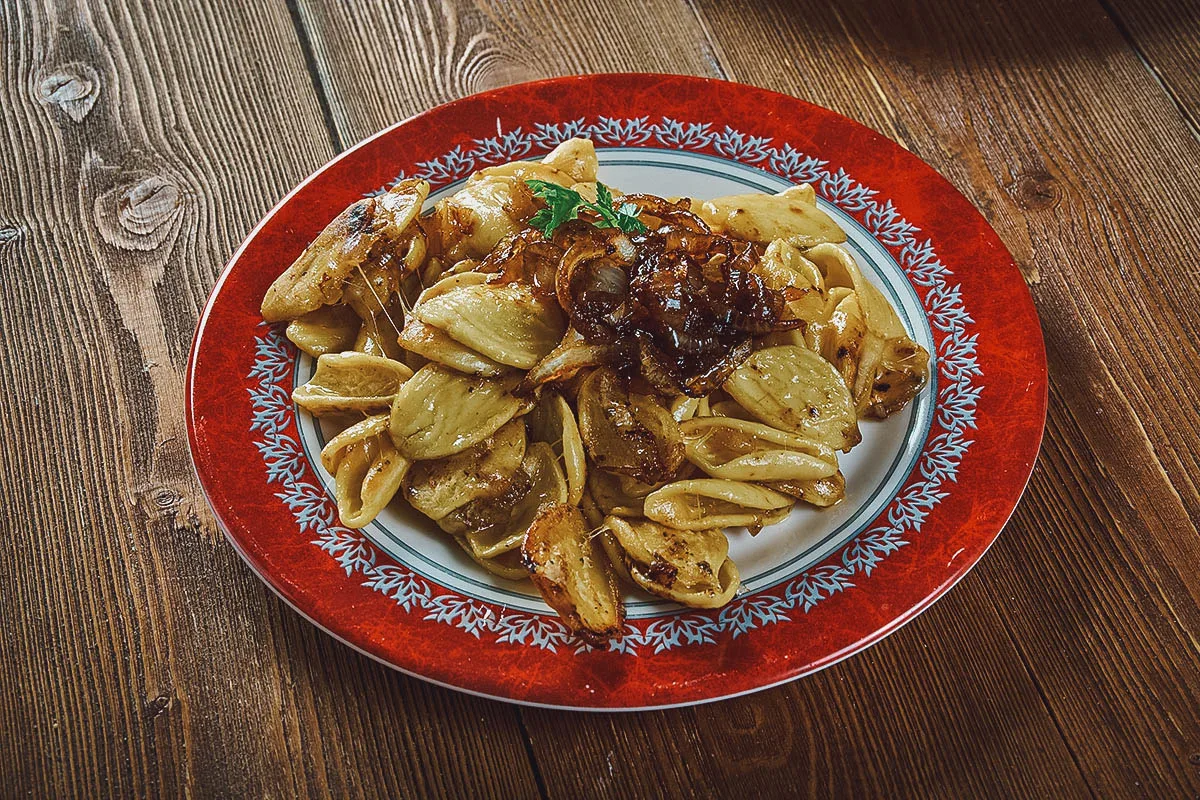Introduction: Exploring Kuwaiti Breakfast Culture
Kuwaiti breakfast is a celebration of flavors, colors, and textures that reflect the country’s diverse cultural influences. It is a hearty meal that is typically served between 6:00 am and 10:00 am, with families and friends gathering around the table to share the experience. Kuwaiti breakfast is not just about satisfying hunger, but also about socializing and connecting with others.
Traditional Kuwaiti Breakfast Foods and Beverages
A typical Kuwaiti breakfast is a mix of hot and cold dishes, including savory and sweet items. Some of the most popular dishes include foul medames (slow-cooked fava beans), balaleet (sweet vermicelli pudding), and chebab (a type of pancake). Kuwaitis also love to enjoy eggs, usually boiled or scrambled, with a side of labneh (strained yogurt). For drinks, Kuwaitis usually start their day with a cup of karak tea (black tea with cardamom and milk) or qahwa (Arabic coffee).
Popular Spices and Ingredients Used in Kuwaiti Breakfast
Kuwaiti cuisine is known for its generous use of spices, which add depth and complexity to the dishes. Some of the most common spices used in Kuwaiti breakfast include cardamom, cumin, and saffron. Other popular ingredients include dates, nuts, and honey, which add sweetness and texture to the dishes.
Regional Variations of Kuwaiti Breakfast Across Kuwait
Kuwait is a small country, but its cuisine varies from region to region. For example, in the coastal regions, seafood is a staple of breakfast, with dishes like machboos samak (spicy fish and rice) and balaleet al samak (fish vermicelli pudding). In the desert regions, meat dishes like shakshouka (spiced tomato and egg dish) and balaleet al laham (meat vermicelli pudding) are more common.
Breakfast Etiquette and Customs in Kuwaiti Society
Kuwaiti breakfast is a social affair, and there are certain customs and etiquette that are expected to be followed. For example, it is customary to greet the elders first and to serve them first. Also, it is considered polite to eat with your right hand and to use bread to scoop up food instead of utensils. Finally, it is customary to thank the host for the meal and to offer to help with the cleaning up.
Emerging Trends in Modern Kuwaiti Breakfast Culture
As Kuwait becomes more cosmopolitan, its breakfast culture is also evolving. Modern cafés and restaurants are offering new twists on traditional dishes, such as avocado balaleet and egg shakshouka with feta cheese. Also, Kuwaitis are increasingly adopting healthier breakfast habits, with more emphasis on fresh fruits, vegetables, and whole grains. However, despite these changes, Kuwaiti breakfast remains a treasured part of the country’s cultural heritage.

